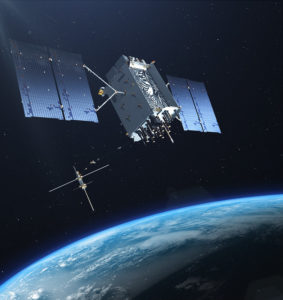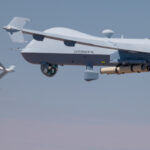
The third GPS III satellite launch will take place in late June at the earliest, two months later than scheduled, to minimize the potential of COVID-19 exposure to personnel, the Space Force said April 7. The service had originally scheduled the launch for late April 2020, but the Space and Missile Systems Center said in a Tuesday statement that the two-month delay would hopefully minimize the coronavirus’ exposure to the launch crew and early-orbit operators. “We do not make this…

 By
By 











